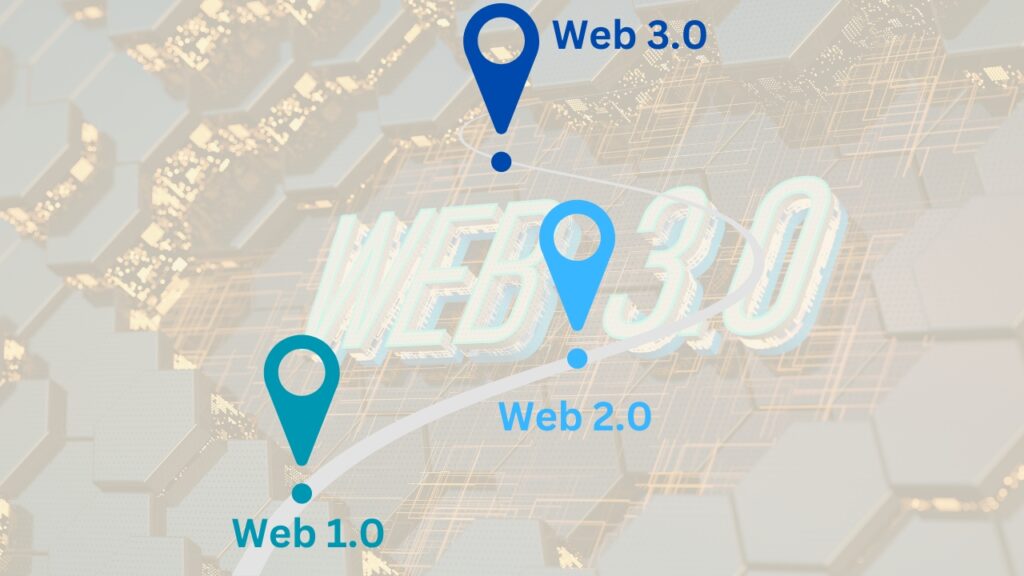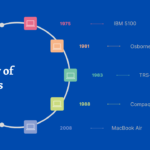The World Wide Web has come a long way since its humble beginnings. We’ve gone from simple, one-way information delivery to a dynamic, interactive space where users are not just consumers, but creators and collaborators. Let’s explore the evolution of the web through the lens of Web 1.0, Web 2.0, and Web 3.0.

-
1990s – 2004Web 1.0: The Read-Only WebImagine a vast library where you can only look at books, not write in them. That was Web 1.0. Websites were static collections of information, coded in basic HTML.
Users could browse content, follow hyperlinks, and bookmark pages, but there was no interaction beyond that.
Think basic company websites or personal pages with text and limited images. -
2004 – 2013Web 2.0: The Read-Write WebWeb 2.0 ushered in a revolution of user participation. Interactive features like blogs, forums, and social media platforms allowed users to create and share content. Web applications blossomed, offering online document editing, video streaming, and more.
Information and applications shifted online, stored on centralized servers. This era saw the rise of cloud computing, interactive and targeted advertising, and a growing emphasis on user data. -
2013 – FutureWeb 3.0: The Read, Write, and Control WebWeb 3.0 is the dawn of a new era, characterized by intelligent applications and decentralized processes. Imagine a web that understands your needs and tailors content accordingly.
Web 3.0 leverages artificial intelligence and machine learning for semantic searches, personalized experiences, and intelligent applications.
Decentralization aims to give users more control over their data, with blockchain technology potentially playing a key role.
Edge computing will bring processing closer to users, enabling faster response times.
The Internet of Things (IoT) will further integrate the web into our physical world, with live video streaming and real-time data exchange becoming commonplace.





